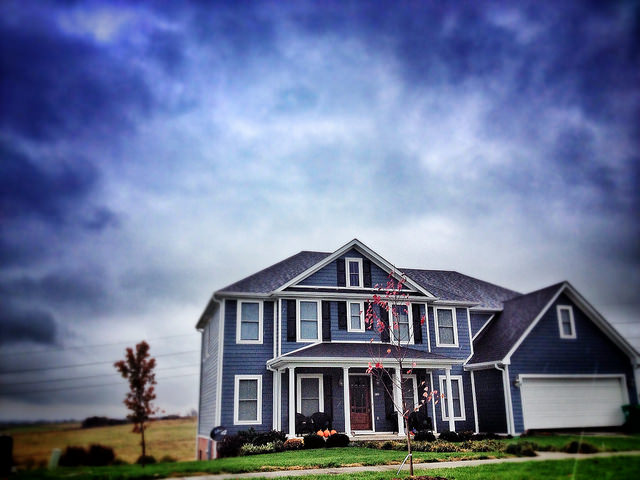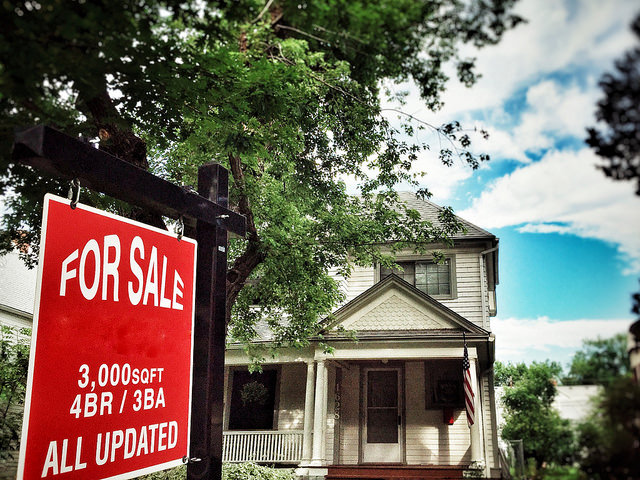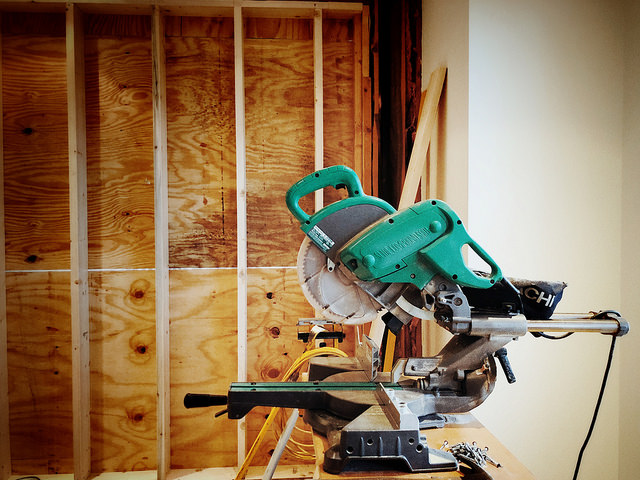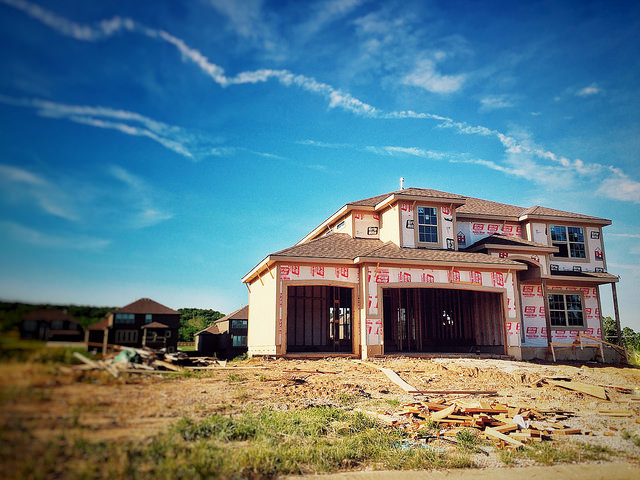According to the Mortgage Bankers Association’s Weekly Applications Survey, average mortgage rates increased last week from the week before. Rates were up for 30-year fixed-rate mortgages with both conforming and jumbo balances, as well as 15-year fixed-rate loans. Mortgage rates on loans backed by the Federal Housing Administration declined. Joel Kan, MBA’s vice president of industry surveys and forecasts, says the increase caused application demand to dip, though overall interest remains high. “Mortgage applications for purchase and refinances were lower over the past week, as rates nudged higher,†Kan said. “After two weeks of decreases, the purchase index still remained roughly 6 percent above its long-run average, which is good news with spring buying and selling season almost underway. Despite ongoing supply and affordability constraints, the healthy job market and underlying demographic fundamentals both point to gradual purchase growth in the coming months.†In other words, though the market still has some challenges, Americans feel secure financially and are interested in buying. That indicates a busy spring for the housing market. The MBA’s weekly survey has been conducted since 1990 and covers 75 percent of all retail residential mortgage applications.Â













